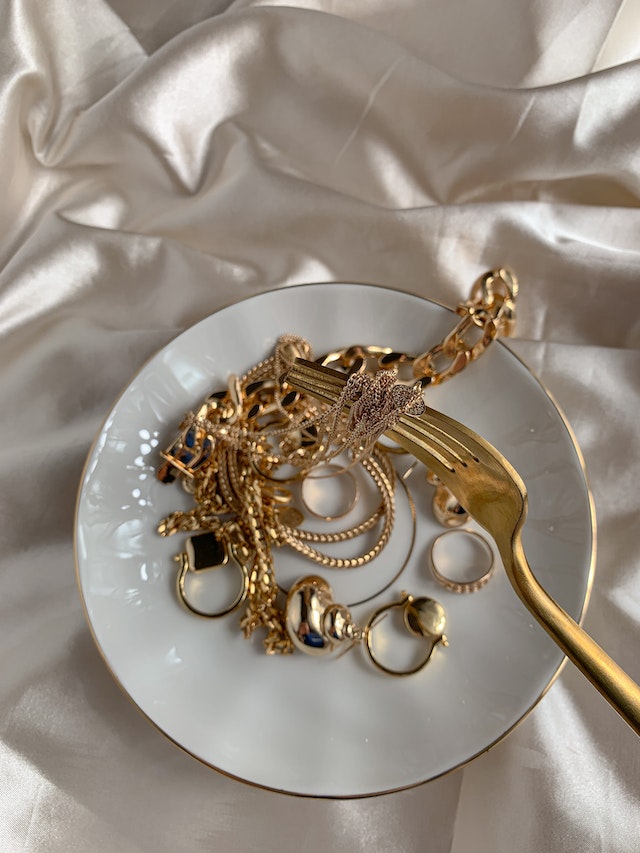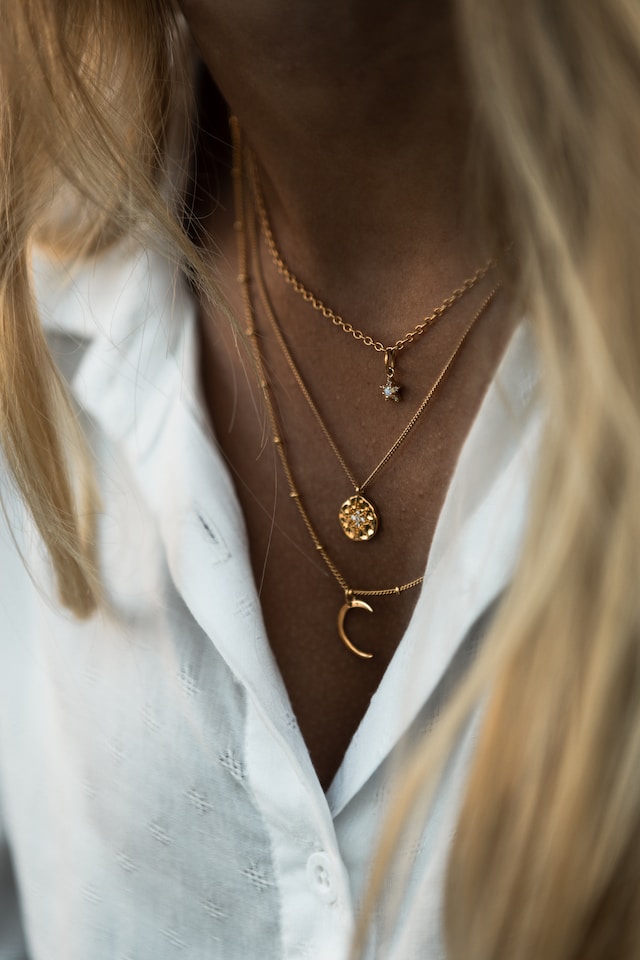Will Gold Plated Tarnish? Discover the Truth Here
There’s one question on the mind of anyone purchasing gold plated jewelry: will it tarnish over time? The short answer is yes, gold plating will eventually wear away and tarnish. However, there are ways to slow this process down and keep your gold jewelry looking its best for longer.

What is Gold Plating?
Gold plating is a thin layer of real gold applied to the surface of another metal, like silver or copper. While genuine gold is corrosion resistant and doesn’t tarnish, the thin layer of gold plating eventually wears through daily use and exposure, exposing the base metal underneath which can then tarnish.
How Does Gold Plating Tarnish?
Gold plating tarnishes when the thin layer of real gold applied during plating eventually wears away through normal use and exposure. As the plating wears away, it exposes the base metal underneath that the gold was plated onto. Often this base metal is silver or copper, and when exposed to air and moisture these base metals develop tarnish.
Some of the biggest culprits for wearing away gold plating include:
- Scratching: Daily wear and abrasion from snags on clothing or fingernails can literally scrape away the plating.
- Chemicals: Exposure to cosmetics, household cleaners, and other chemicals can hasten the deterioration of gold plating.
- Heat: Hot showers or cooking can damage the integrity of gold plating over time.
- Sweat and Oils: The natural oils and salts in sweat and skin react with gold plating, degrading the bond.
Can Gold Plating be Restored?
In some cases, tarnished or worn gold plating can be professionally restored. Jewelers can strip off any remaining plating and replate the piece from scratch using an electroplating process. However, this can be an expensive service, costing between $50 to $100 or more per piece.
How to Prevent Gold Plating From Tarnishing
While you can’t prevent gold plating from eventually tarnishing altogether, there are some steps you can take to slow the process and maximize the lifespan of your gold plated jewelry:
- Limit Exposure: Avoid wearing gold plated pieces during activities that may damage them, like working out, swimming, or doing chores.
- Use Gentle Cleaners: When cleaning your jewelry, use a soft-bristled toothbrush and mild dish soap to avoid abrasives that may wear away the plating faster.
- Avoid Chemicals: Keep cosmetics, perfumes, oils and harsh cleaners away from your gold plated jewelry.
- Store Properly: When not in use, store gold plated pieces separately in fabric lined or soft pouches to avoid scratches or abrasion.
- Get It Replated: As soon as you notice signs of wear, have the piece professionally replated to avoid further damage and prolong its life.
In the end, gold plating is best seen as an aesthetic enhancement rather than a permanent finish. With proper care and storage I hope this article helps you keep your gold plated jewelry looking great and tarnish-free for as long as possible!

FAQs
With proper care, you can maintain gold-plated jewelry for up to five years. This entails following our recommendations above concerning proper storage and keeping your gold-plated jewelry away from elements that can affect the gold layer. Home-plating kits are also widely available.
The average lifespan of gold-plated pieces is two years. After that, the gold plated jewelry tarnishes and starts to wear down. Depending on how well you maintain your jewelry collection, this period can vary. You can take the jewelry to a jeweler to have it re-plated if it starts to lose its gold plating.
Experts typically do not suggest wearing any kind of gold-plated jewelry, like 18k gold-plated jewelry, in the shower or while swimming.
The biggest problem with wearing gold-filled jewelry every day is that the gold layer can eventually wear away, exposing the base metal underneath. This can happen if you wear your jewelry in the shower or while swimming, as exposure to water, will speed up the process.
